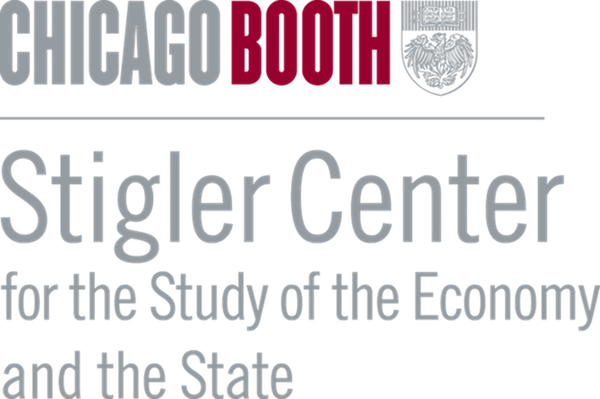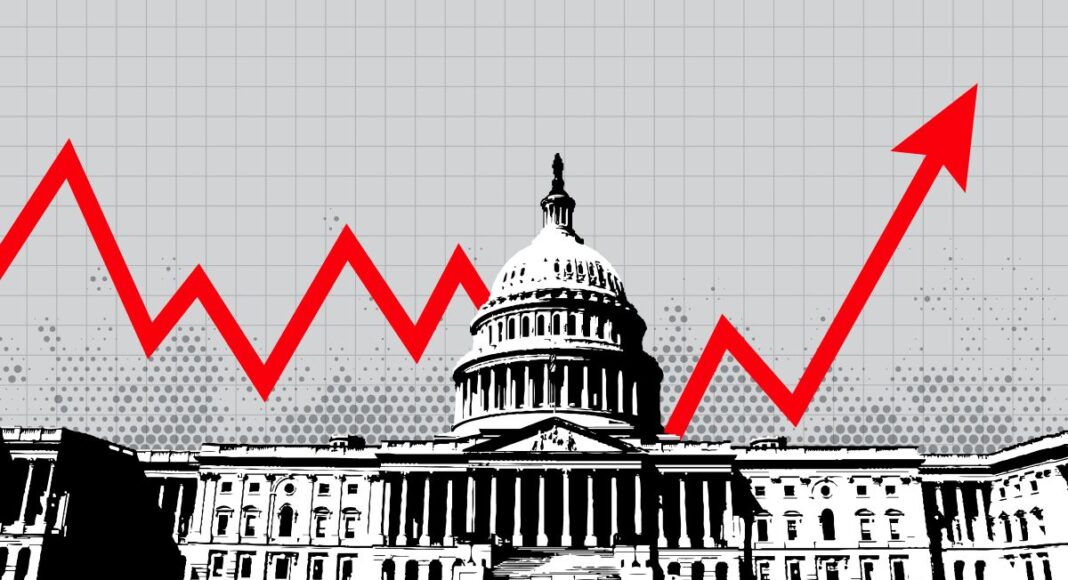The following is an excerpt from Chris Hughes’ new book, “Marketcrafters: the 100-Year Struggle to Shape the American Economy,” now out at Simon & Schuster. You can listen to Hughes discuss his book with Bethany McLean and Luigi Zingales on a new Capitalisn’t episode here.
Just before the start of the Great Financial Crisis, the majesty of a world driven by financial innovation was on full display. The total assets of the finance sector were just shy of $73 trillion, having doubled since the era of financial innovation went into overdrive in 1999. The global market value of derivative products exceeded $14 trillion, with an eye-popping $596 trillion of notional amounts outstanding—a way of describing how many bets investors had placed in the largely unregulated market. Meanwhile, the models banks and regulators had embraced put the risk of a system-threatening financial meltdown at less than 5 percent—not nothing, but not worth turning the lights on to end the party. The smartest minds in finance believed they had engineered a prosperous economy where no one actor in the financial system held disproportionate risk, fulfilling a long-standing Greenspan dream.
The wave of financialization that Greenspan ushered in disproportionately enriched the wealthiest Americans. As profits soared in the financial sector, compensation packages for executives and traders mushroomed. The surge in asset prices also exacerbated income and wealth inequality, as those who already owned significant assets reaped the benefits, while those without such holdings fell further behind. The income share going to the top 1 per cent rose from 10.7 percent in 1987 to over 17 percent in 2006. Meanwhile, the broader workforce saw stagnant wages and diminishing economic security. This inequality may not have been purposeful, but it was unmistakably the result of dedicated marketcraft to support finance with no similar agenda for American workers.
A few months before he stepped down as Fed Chair, Greenspan gave a valedictory speech that explained his two-step approach of deregulation and marketcraft: A “loosening of regulatory restraint on business” had improved the “flexibility of our economy.” The decisions he and others had taken to enhance the freedom of market actors had created a new kind of “private regulation,” reducing the need for government regulators. Those changes had spurred more innovation, stabilizing markets. “[R]ecent regulatory reform, coupled with innovative technologies, has stimulated the development of financial products, such as asset-backed securities, collateral loan obligations, and credit default swaps, that facilitate the dispersion of risk.” The creation of these new, promising products required the public and private sectors to collaborate, and Greenspan’s Fed had worked to nurture these innovations. “These increasingly complex financial instruments have contributed to the development of a far more flexible, efficient, and hence resilient financial system than the one that existed just a quarter-century ago.”
In 2006, after nearly twenty years as Chair, Greenspan handed over the reins of the Fed. The annual central banker meeting in Jackson Hole, Wyoming, became a grand fete of the so-called Maestro’s legacy. His former rival Alan Blinder went so far as to say that “we think he has a legitimate claim to being the greatest central banker who has ever lived.” At the gathering, only one person, Raghuram Rajan, questioned Greenspan’s legacy publicly, worrying that much of the financial innovation of the past two decades, particularly the emergence of credit default swaps, had made the financial system more fragile. Larry Summers rose from the audience to impeach Rajan’s research credentials and defend Greenspan. A few months later, Ben Bernanke, a mild-mannered, historically minded economist from Princeton, took over as Fed Chair. Little appeared likely to change with the shift: Bernanke shared his predecessor’s foundational beliefs. “Financial innovation and improved risk management . . . have provided significant benefits,” Bernanke affirmed just a month into his term. “Borrowers have more choices and greater access to credit; lenders and investors are better able to measure and manage risk; and, because of the dispersion of financial risks to those more willing and able to bear them, the economy and the financial system are more resilient.”
Maybe things were now actually different? The collapse of the Soviet Union had signaled the “end of history” geopolitically, and could it be that Greenspan, with the support of Rubin and Summers, had ushered in a new kind of economy that the world had not previously known? To many, it seemed possible that financial and technological innovation, when combined with the deregulatory agenda, had created this newfound period of prosperity and stability. The lack of a serious recession and unexpectedly low unemployment between 1994 and 2007 caused widely respected publications such as The Economist to wonder aloud: “Could the new economy defy history?” The Internet promised a revolution in knowledge sharing, collaboration, and productivity. It seemed at least plausible that its capabilities and insights, when combined with the right economic orthodoxy of less government, might mean a newly stable and prosperous economy. Nothing seemed quite powerful enough to rattle the machine that Greenspan had built.
Even on the rare occasions when something did cause a disruption, like the implosion of LTCM, government was always ready to respond. That brush with financial collapse seemed to confirm the system’s essential stability. A year later, when the bubble burst in equity markets after the dot-com boom, there was no meaningful recession. The contested Bush-Gore election, the September 11 attacks, the bankruptcy of Enron and WorldCom— none of these events had managed to come close to shaking markets, as many might have expected. Greenspan, recognizing that “we need flexible institutions that can adapt to the unforeseeable needs of the next crisis,” stood by to provide whatever government support was needed. Economist and future Obama administration CEA Chair Christina Romer pointed to the Fed’s policy approach in September 2007 as a driving reason for the newfound macroeconomic stability, arguing that “better policy, particularly on the part of the Federal Reserve, is directly responsible for the low inflation and the virtual disappearance of the business cycle in the last 25 years.”
It seemed as if Greenspan had crafted the perfect American economy.
Slowly at first, and then all at once, that Teflon-strong, self-regulating financial system collapsed. The greatest financial crisis in a century began.
From “Marketcrafters: the 100-Year Struggle to Shape the American Economy,” by Chris Hughes. Copyright © 2025 by the author and reprinted by permission of Simon & Schuster.
Articles represent the opinions of their writers, not necessarily those of the University of Chicago, the Booth School of Business, or its faculty.
Subscribe here for ProMarket‘s weekly newsletter, Special Interest, to stay up to date on ProMarket‘s coverage of the political economy and other content from the Stigler Center.






